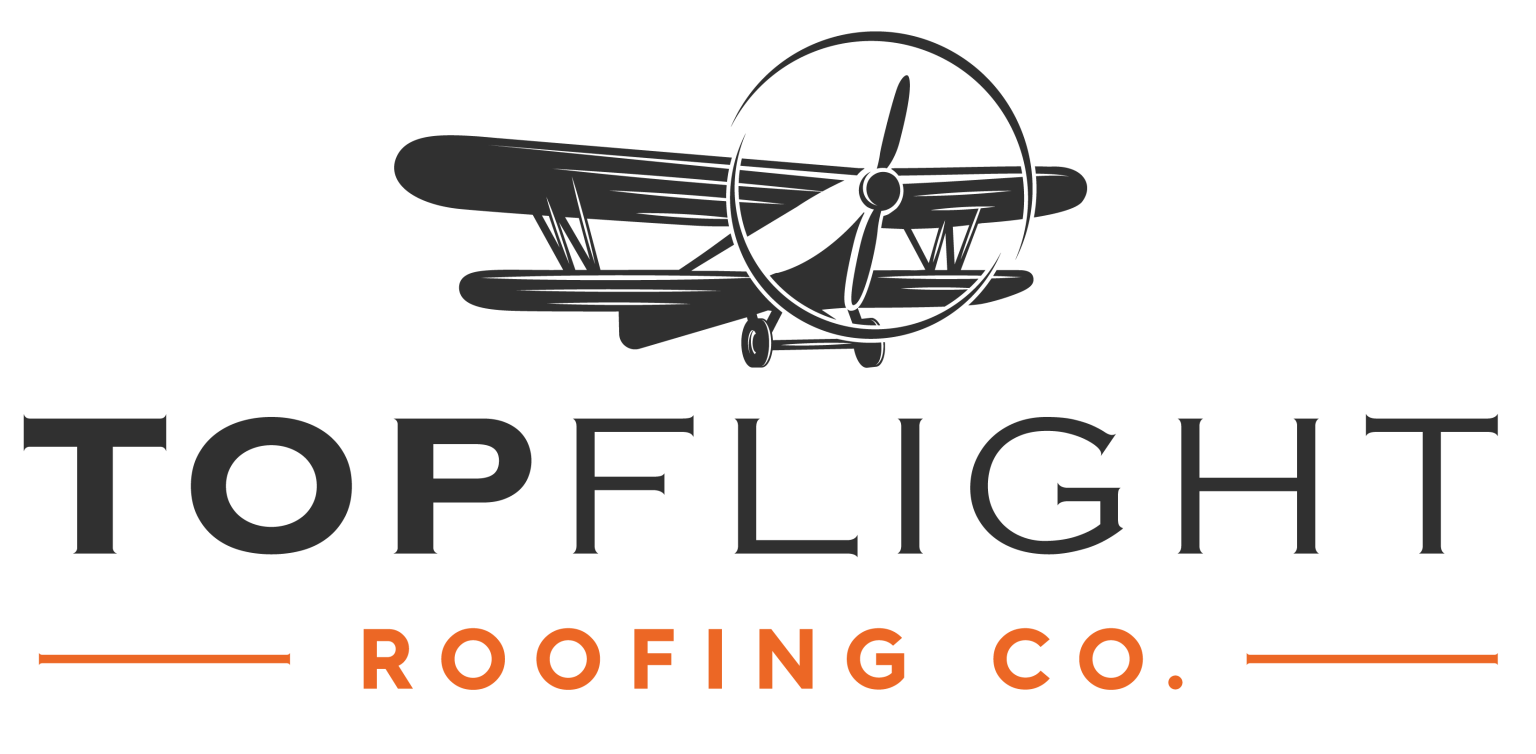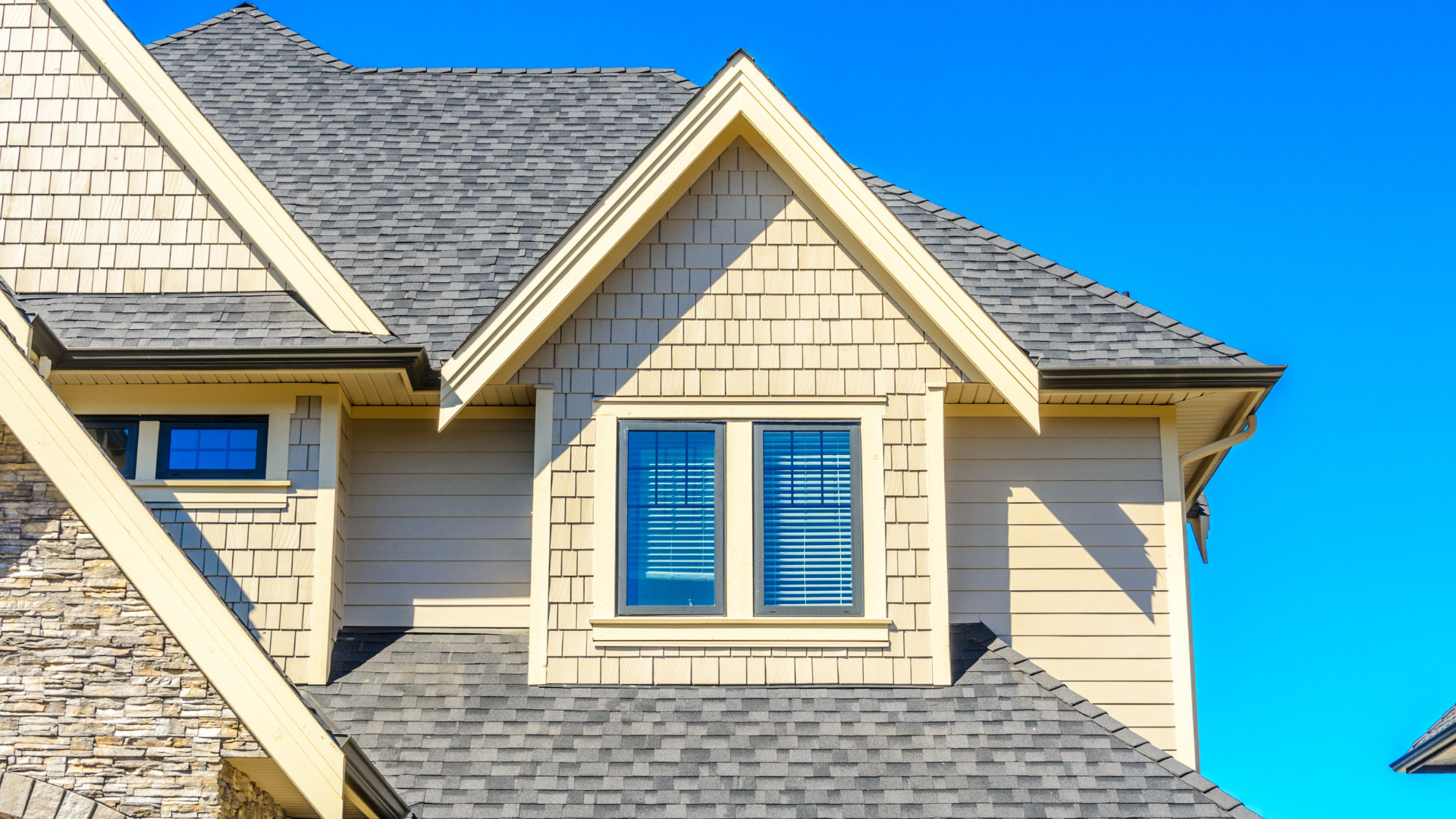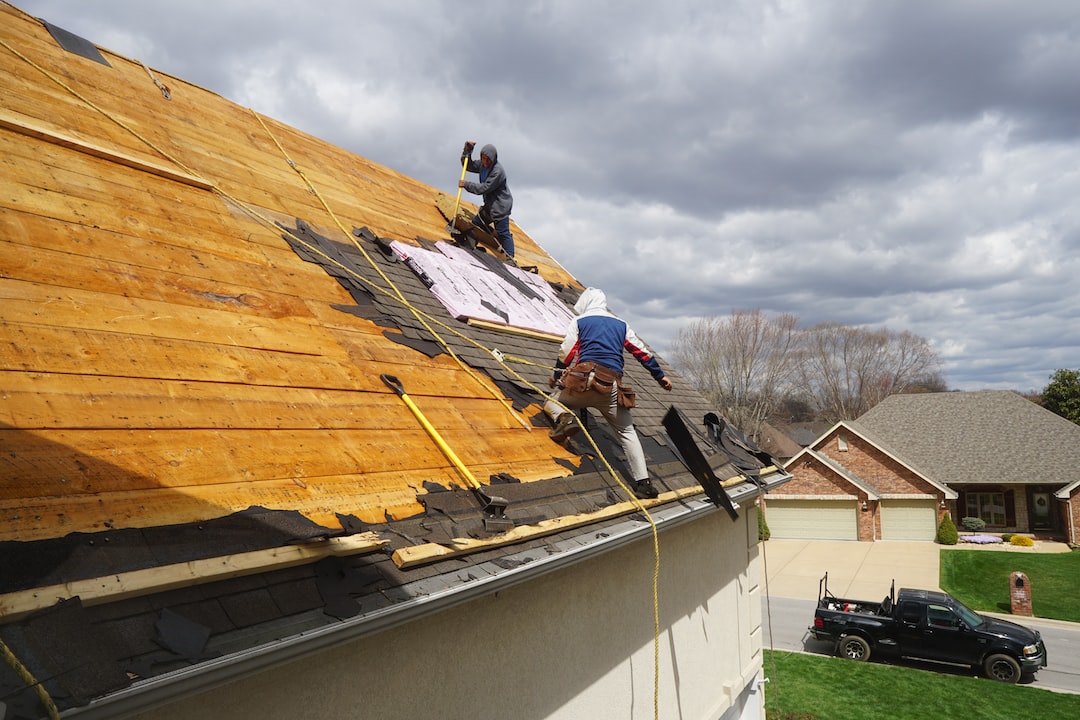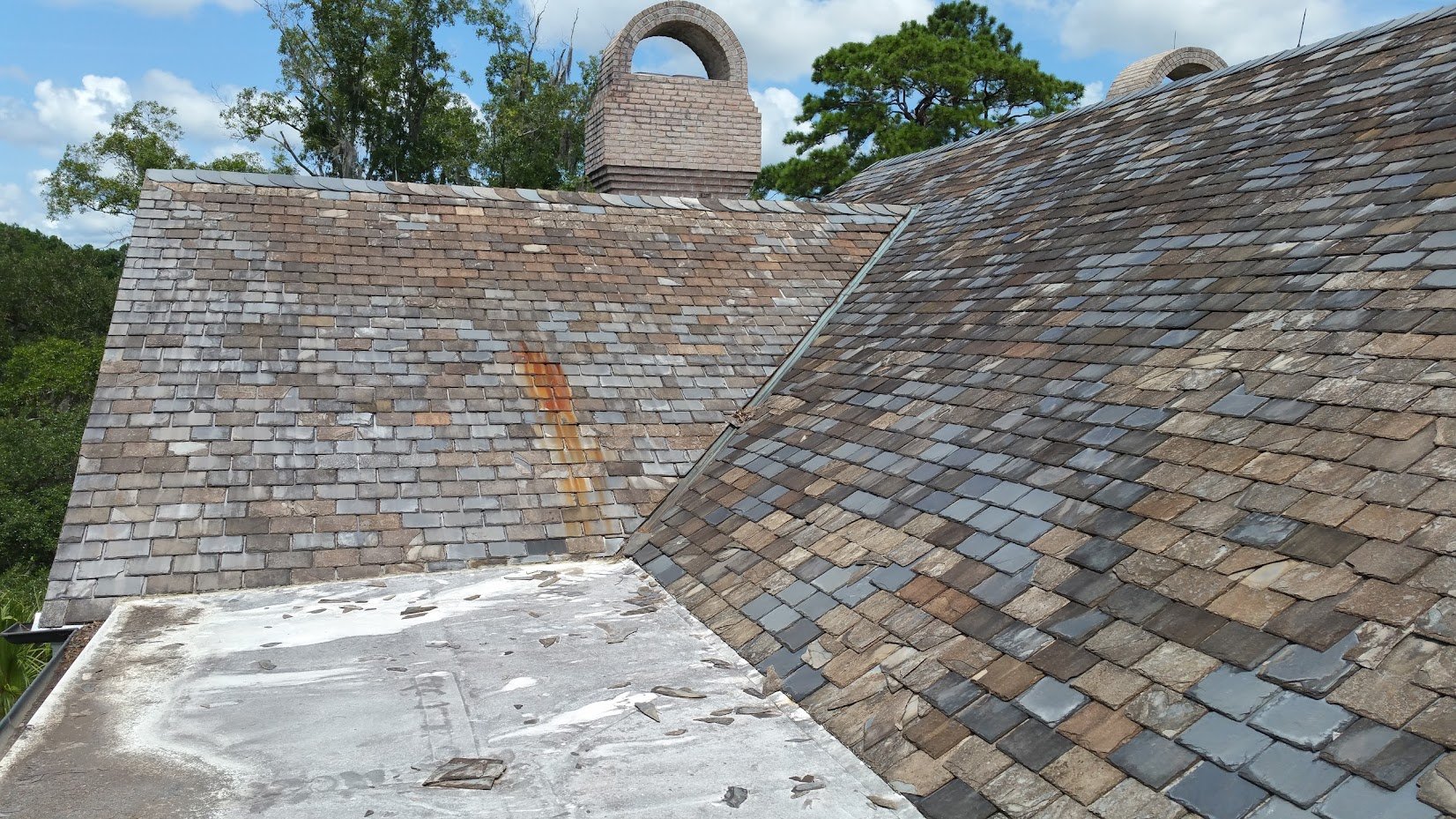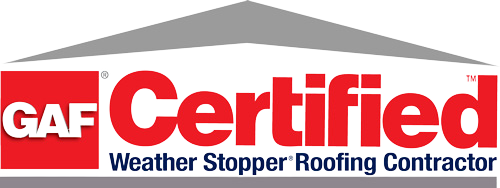In recent years, green roofing has emerged as a beacon of sustainability in the urban landscape, capturing the attention of environmental enthusiasts and urban planners alike. This innovative approach not only beautifies buildings but also contributes significantly to environmental conservation. Green roofing is more than just an aesthetic upgrade; it’s a pivotal strategy in combating urban environmental challenges. The aim of this blog post is to delve into the myriad environmental benefits offered by green roofing, demonstrating how these living systems can transform urban environments for the better.
Understanding the environmental implications of green roofs requires a closer look at how they function and interact with their surroundings. By the end of this discussion, it will become clear why green roofs are not just a trend but a necessary evolution in our approach to urban development. With cities growing and natural spaces diminishing, implementing green roofs is a step toward reclaiming lost ground and fostering a harmonious relationship between nature and urbanity.
Understanding Green Roofing
At its core, green roofing involves the installation of a vegetative layer atop a conventional roof surface. This concept encompasses various types, including extensive green roofs, which are lightweight and require minimal maintenance, intensive green roofs, which can support a wide variety of plants and are akin to rooftop gardens, and semi-intensive green roofs, which blend elements of both. Each type offers unique benefits and considerations, making green roofing versatile and adaptable to different building needs and environmental goals.
The construction of a green roof involves several critical components. A waterproof membrane ensures the roof remains leak-free, while a root barrier protects the membrane from potential damage. A drainage system is crucial for managing water, complemented by a growing medium that supports plant life. Finally, the selection of vegetation, often native species, is tailored to the local climate and the specific goals of the green roof, whether for aesthetics, biodiversity, or other environmental benefits. This complex system works together to create a living roof that offers far-reaching environmental advantages.
Reducing Urban Heat Island Effect
The urban heat island effect, a phenomenon where urban areas become significantly warmer than their rural surroundings, is a growing concern in cities worldwide. This increase in temperature results from the extensive use of heat-absorbing materials like concrete and asphalt, coupled with a lack of vegetation. Green roofs tackle this issue head-on by absorbing sunlight and providing shade, which in turn cools building surfaces and the air around them. This natural cooling effect can lead to a noticeable reduction in urban temperatures, mitigating the heat island effect and making cities more comfortable places to live.
Moreover, the cooling properties of green roofs have a cascading effect on urban environments. By reducing the need for air conditioning in buildings, green roofs can significantly cut energy consumption and the associated carbon emissions. This not only helps in fighting climate change but also contributes to a more sustainable energy landscape. The widespread adoption of green roofs could transform urban areas into cooler, more sustainable environments, marking a significant step forward in urban design.
Improving Air Quality
One of the most pressing environmental issues in urban areas is poor air quality. Pollutants and carbon dioxide can accumulate in cities, posing health risks to residents and contributing to global warming. Green roofs offer a natural solution to this problem by filtering pollutants from the air and converting carbon dioxide into oxygen through the process of photosynthesis. This not only cleans the air but also contributes to a healthier urban environment.
The impact of green roofs on air quality extends beyond the immediate vicinity of the building. As more buildings adopt green roofing, the cumulative effect can lead to significant improvements in urban air quality. This is particularly important in cities struggling with pollution and its associated health impacts. By integrating green roofs into urban planning, cities can take a proactive step towards cleaner air and a healthier future for their residents.
Enhancing Storm water Management
Storm water runoff is a major challenge in urban settings, where impermeable surfaces prevent water from naturally soaking into the ground. This can lead to overloaded sewer systems and increased flooding risks. Green roofs absorb and retain a portion of the rainwater that falls on them, reducing the volume of runoff and alleviating pressure on urban drainage systems. This natural absorption process not only helps manage storm water more effectively but also promotes the recharge of local water tables.
The benefits of green roofs in storm water management are particularly valuable in areas prone to heavy rainfall or flash flooding. By slowing the flow of storm water, green roofs can help mitigate the impact of severe weather events, protecting both infrastructure and communities. This function of green roofs highlights their role not only in environmental sustainability but also in urban resilience, offering a practical solution to a growing urban challenge.
Increasing Biodiversity
Urban development often leads to habitat loss, making it difficult for many species to survive. Green roofs provide a unique opportunity to counteract this trend by creating new habitats in the heart of cities. From birds to bees and butterflies, green roofs can support a diverse array of species, contributing to urban biodiversity and ecological balance. This creation of habitats not only benefits wildlife but also enriches the urban environment for residents, offering a connection to nature amidst the concrete jungle.
The promotion of biodiversity through green roofs is an essential step towards sustainable urban ecosystems. By offering a refuge for species displaced by urbanization, green roofs help maintain ecological networks within cities, fostering a greater variety of life. This diversity is not just aesthetically pleasing; it’s crucial for the health of urban environments, contributing to ecosystem services such as pollination and natural pest control. Green roofs thus play a vital role in creating more vibrant and resilient urban landscapes.
Energy Efficiency and Insulation
One of the most direct benefits of green roofs is their ability to improve a building’s energy efficiency. The layer of vegetation and soil provides natural insulation, reducing the need for heating in the winter and cooling in the summer. This can lead to significant energy savings, lowering utility bills and reducing the building’s carbon footprint. In an era where energy efficiency is increasingly important, green roofs offer a straightforward way to make buildings more sustainable.
The insulation provided by green roofs not only benefits individual buildings but can also contribute to wider efforts to reduce energy consumption and combat climate change. By lowering demand for heating and cooling, green roofs can help decrease reliance on fossil fuels and reduce greenhouse gas emissions. This makes them an important tool in the pursuit of more sustainable urban environments, where energy efficiency is key to achieving environmental goals.
Extending Roof Lifespan
Green roofs can significantly extend the lifespan of a roof by protecting the underlying materials from the elements. By shielding the roof from direct sunlight, green roofs prevent the degradation of roofing materials, reducing wear and tear. Additionally, the layer of vegetation and soil acts as a barrier against physical damage from weather events, further prolonging the roof’s life. This not only represents a financial saving by delaying the need for roof replacement but also has environmental benefits by reducing the consumption of roofing materials and associated waste.
The extension of roof lifespan is an often-overlooked benefit of green roofing, yet it is crucial in the context of sustainable building practices. By reducing the frequency of roof replacements, green roofs contribute to a decrease in the demand for raw materials and the energy consumed in their production and transportation. This reduction in resource consumption underscores the role of green roofs in promoting more sustainable construction practices and minimizing the environmental footprint of buildings.
Promoting Mental Health and Well-being
Beyond their environmental benefits, green roofs also offer psychological advantages. Access to green spaces has been shown to reduce stress, improve mood, and enhance overall well-being. For urban dwellers, green roofs can provide a much-needed oasis of calm and a connection to nature. This is especially important in densely populated cities, where access to natural green spaces may be limited. By incorporating green roofs into urban buildings, cities can offer their residents valuable opportunities for relaxation and rejuvenation.
The mental health benefits of green roofs are an integral part of their value, contributing to healthier, happier urban communities. As cities become more crowded and natural spaces scarcer, the importance of integrating nature into the urban fabric cannot be overstated. Green roofs represent a practical and effective way to bring nature closer to urban residents, enhancing the quality of life and fostering a sense of well-being in the urban environment.
Challenges and Considerations
While the benefits of green roofing are clear, it’s important to acknowledge the challenges involved in their implementation. Initial installation costs can be higher than those of traditional roofs, and not all buildings are structurally equipped to support a green roof without modification. Additionally, the success of a green roof depends on careful design, selection of appropriate vegetation, and ongoing maintenance to ensure its health and functionality.
Despite these challenges, the environmental and social benefits of green roofing make it a worthwhile investment for many buildings. By working with experienced professionals and considering the specific needs and constraints of each project, building owners can overcome these obstacles. As awareness of green roofing’s benefits grows, so too does the availability of resources and expertise to support their implementation, making green roofs an increasingly accessible option for sustainable urban development.
The environmental benefits of green roofing are manifold, ranging from reducing urban heat islands and improving air quality to enhancing storm water management, increasing biodiversity, improving energy efficiency, extending roof lifespan, and promoting mental health. By integrating green roofs into urban landscapes, we can address a host of environmental challenges and move towards more sustainable, resilient, and livable cities.
For those considering green roofing, it’s essential to partner with experts who can guide you through the process. Apex Roofing Pros is committed to advancing sustainable roofing solutions and can help you explore the possibilities of green roofing for your building. Together, we can transform urban environments, one roof at a time.
